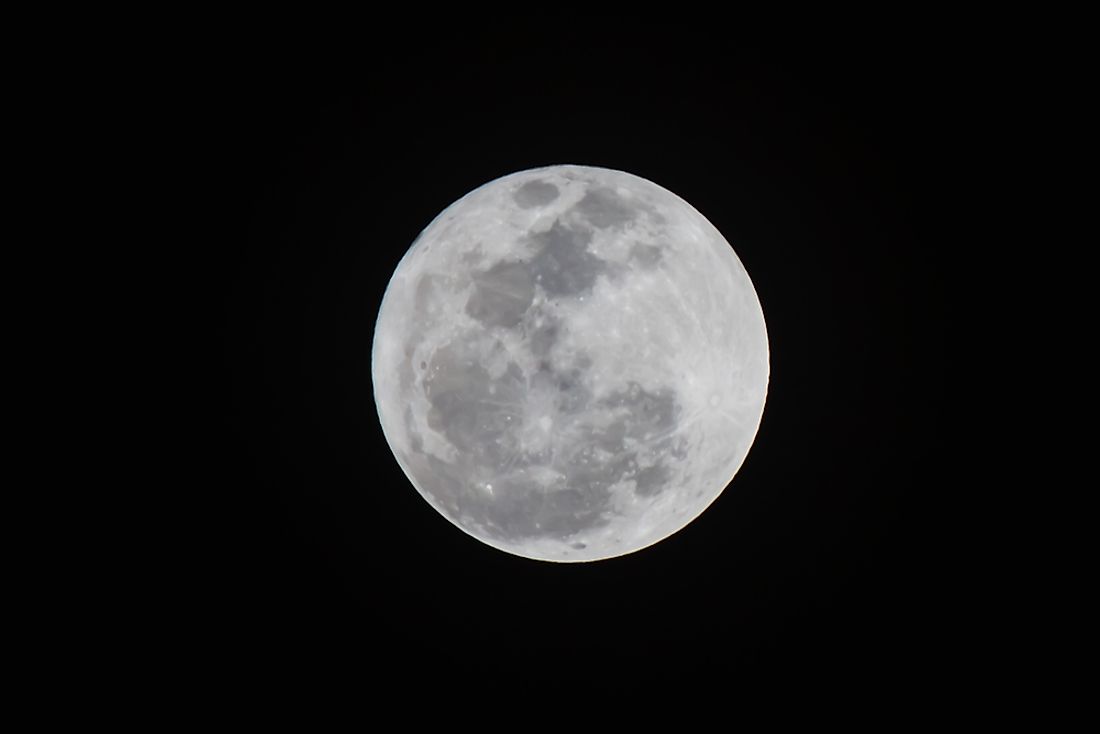What is Tidal Locking?

The Dark Side of the Moon
When you look up at the sky, have you ever noticed that you are always seeing the same side of the moon, day after day? Have you ever wondered about the moon's mysterious other side? Due to a phenomenon known as tidal lock, from the Earth we will never see that other side.
What Causes Tidal Locking?
When a moon has considerable mass, such as the Earth's moon, something called a tidal force occurs. Tidal force refers to the uneven gravitational pull between two objects. This is also where high tides and low tides are born, depending on which ocean is closest to the moon at a given time. Over the course of history, the strong gravitational pull of the Moon by the Earth has shifted the Moon's rotation, eventually resulting in matching patterns of orbit. This uniform rotation is exactly what is meant when it is said that the moon is tidally locked to the Earth.
In simple terms, due to years of shift caused by imbalanced gravity, when the Earth is spinning, the Moon is copying its exact spin, rendering it impossible to ever see the moon's other side unless from a spacecraft.
Other Examples of Tidal Locking
Tidal locking is not a concept unique to the Earth and its Moon. In fact, between stars, tidal locking is common. In 2016, an "Earth-like" planet was discovered that scientists are calling Proxima b. However, it is presumed to have an orbit around a star that is tidally locked, which decreases the likelihood of life on this planet. Other planets within the solar system are said to be locked to their individual moons, even when multiple moons are possessed by the planet. Pluto is locked to its moon Charon in what is a case of mutual locking, where both objects only ever see one face side. This is unlike the relationship of the Earth in the Moon, as only the Earth does not see one of the Moon's sides, not vice-versa.
Effects of Tidal Locking
It is possible that the length of a day on Earth could lengthen considerably if full tidal locking were to occur. In fact, scientists predict that days could eventually take as long as one-year to complete, which could result in half of the Earth freezing due to uneven sunlight distribution. Fortunately, this possibility would only exist in the very far future.











